SUNDAY JOINT, 8-3-2025: PLAYING WITH DINE-O-MITE

Hey All,
Last week's look at the 1977 Stubbies was meant to be a two-parter, but halfway through I changed my mind and tried to squeeze everything into on probably-too-long Joint—and now I'm U-turning again to add a few more thoughts on the Stubbies, and pro surfing contests in general.
Underlining the not-so-groundbreaking yet frequently ignored point that great contests only happen in great waves, it is worth noting that while the Stubbies was a premier world tour event until 1986, some years better than others, it was never, and I mean never even close, as good as it was in 1977. Which is why nobody remembers all those Stubbies contests from 1978 to 1986. (Which is why nobody will remember this week's US Open at Huntington Beach—unless Ian Cairns is speed-shifting on the south side of the pier right now, taking long-deferred vengeance for 1986, plowing through Inland Empire rioters like Mad Max.) The early rounds of the '78 Stubbies, by way of example, were held in surf like what you see below. Two-foot and inconsistant. "But grimly," John Witzig noted in his SURFER contest report, "everyone carries on." If AI actually worked, that would be a top-line phrase in every WSL search query.
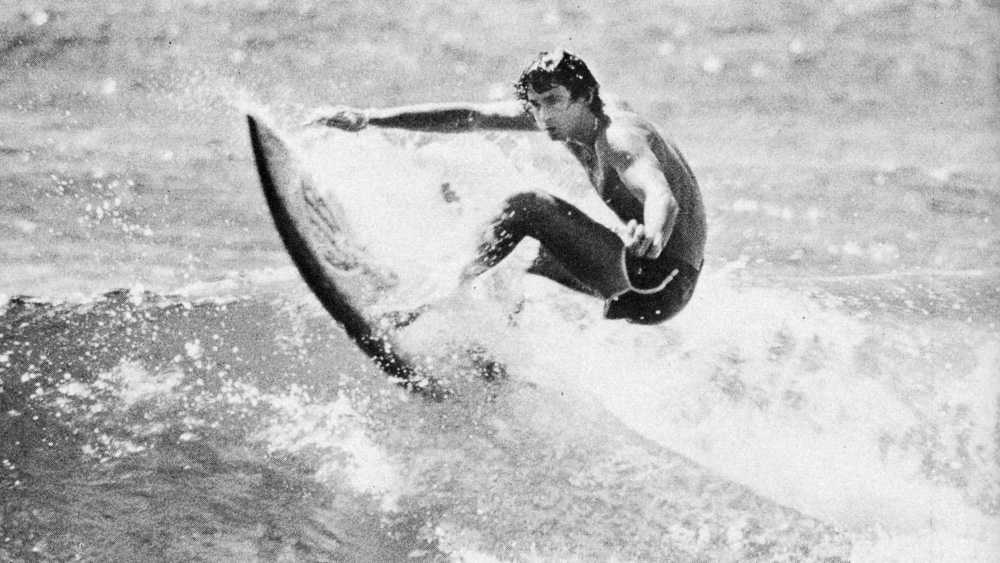
Let's stay positive, though. Here are the three things to appreciate and value about contests in general. The first two are especially true when applied to decades past, less so today, but all three are worth keeping in mind.
1. PROGRESS BAROMETER. Especially true for events held at the same time, same location, year after year. Watch the 1977 Stubbies event here and the 1978 event here, and even with the lower-quality surf, you see how the performance level has notched up. Most obvious of all, of course, Mark Richards has ditched the 6'8" Ben Aipa-shaped sting that he'd ridden to the finals in '77, and is now on a 6'2" self-made twin-fin. "My surfing improved 100% overnight," Richards later said, and while he did not win the Stubbies that year (Wayne Bartholomew did, having raised his own level en route to a world title), it's already obvious he's become the new high-performance pacesetter. The two Stubbies contests, side-by-side, give us the clearest look at this evolutionary turn of the wheel. You can do the same with the Pipeline Masters, the Gunston 500, the Tahiti Pro.
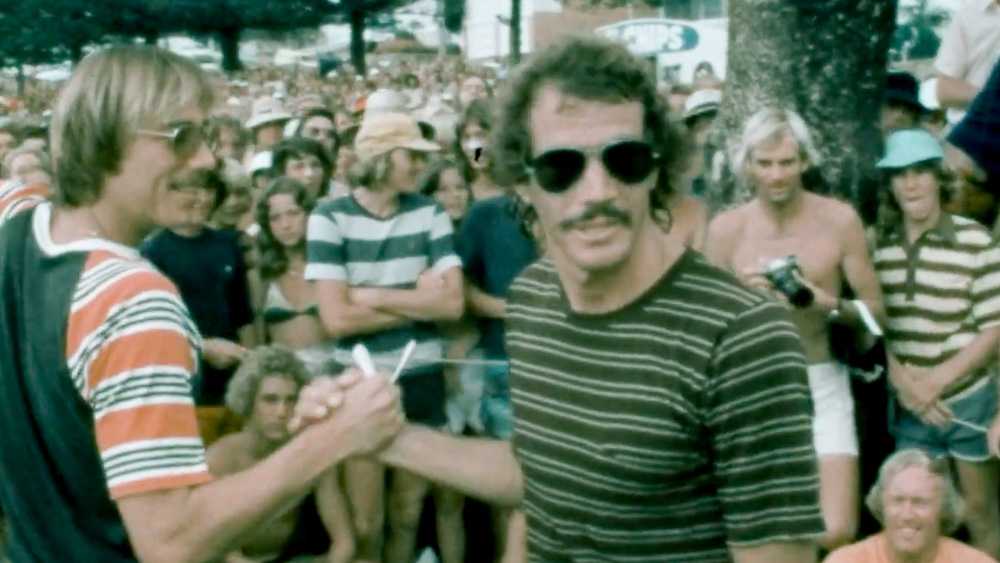
2. FASHION CHECK. Swing the cameras away from the lineup and over to the bleachers, the competitors' area, the parking lot. Let us see what is going on with hair length, trunk design, tee-shirts, hats, sunglasses. I won't even pretend anymore that this stuff isn't as interesting to me as what is going on in the water. Maybe you think, as I do, that Michael Peterson's beatified junkie-Jesus surfing reputation has been oversold these past 50 or so years—but did he not accidently slay the fashion sweepstakes at Burleigh in 1977? Hell yes he did. Lots of stripes and Scooby Doo haircuts in the photo above, but style-wise it is Peterson and Peterson alone firing on all 12 cylinders.
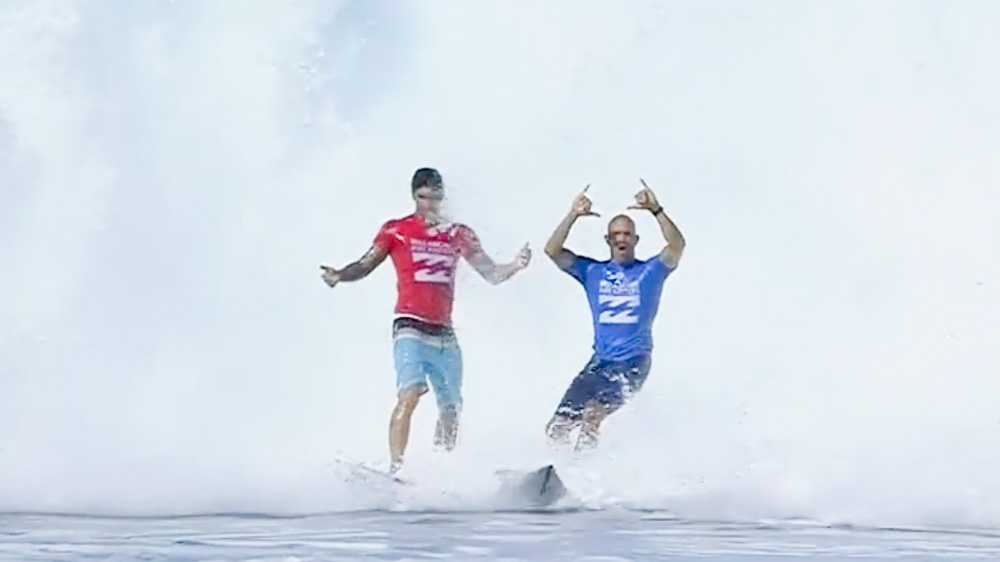
3. CONVERSATION STARTER. There is nothing to say to a surf travel story. No back and forth. Some are better than others, that's about it. Board design I suppose gives us something to talk about, kind of, our version of shop talk. But Margo vs Lynne at big Haleiwa, or Dora vs Fain at First Point, or Gabe vs Kelly anywhere? As strongly as I believe that our collective wave-riding pleasure, enjoyment, and stoke would be 100% fine without contests—and that goes for all the upside-down and inverted cutting-edge stuff, because surfing will always progress of its own accord; without competition rules and restrictions in fact we might be even further down the road, progress-wise—I also believe that the best, most spirited, and for sure funniest conversations are spun from contests. The BeachGrit comment thread pairs like sweet vermouth to the WSL livestream's bottom-shelf bourbon. JP Currie's contest reports (and resulting comments) have become my surf entertainment Alamo, the Viagra to my flagging interest in contemporary wave-riding culture. I am hugely grateful to surf contests for this reason alone. We watch together—those who chose to watch, anyway. Then we opine, insult, occasionally cheer, together and in opposition, and it can be a blast. What else do we have to talk about?
Okay, fine. There are other subjects. One thing we had to talk about in 1977—and by "we" I mean hardcore Aussie cinemaphiles and maybe a few dozen associated surfers—was a rock-bottom-discount beachside thriller called Summer City, featuring an overly-peroxided 21-year-old newcomer named Mel Gibson who, early in the film, says of surfing: "It's more than just a sport, man. It might sound stupid, but it's more a way of life, I suppose. If you have any problems or worries or anything like that"—here Gibson raises a young, toned, deeply antisemitic arm toward the ocean—"there's the place to go."
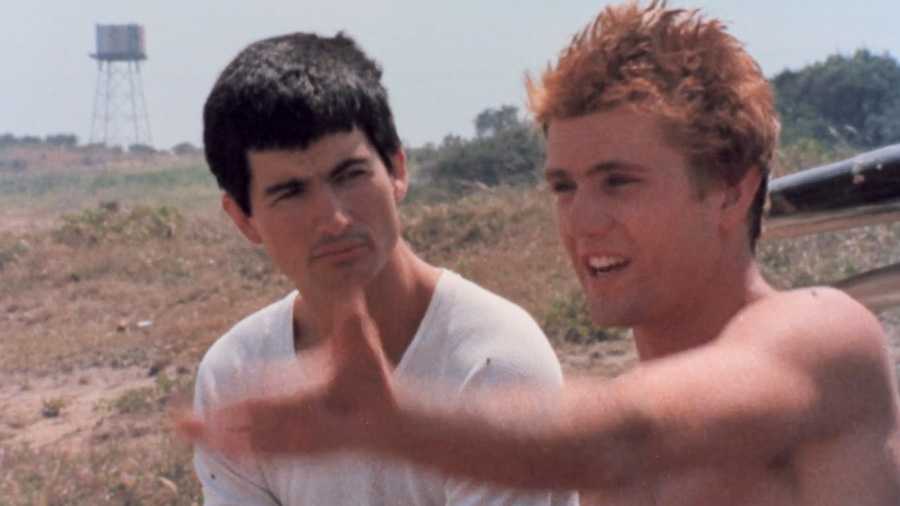
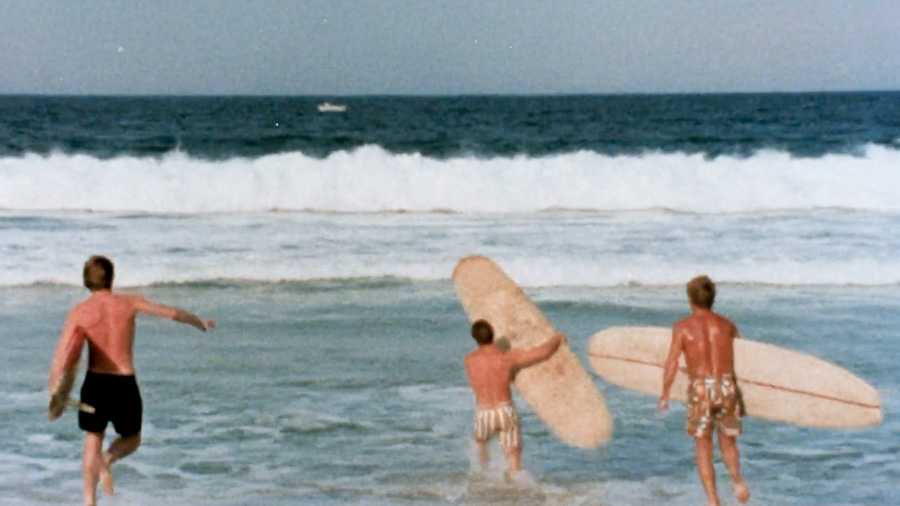
Summer City takes place in the early 1960s, and marked the movie debut as well for Newcastle surfer-model-actor Phil Avalon. Four friends set out on a surfing and drinking stag weekend, and things go badly sideways after one of the lads pulls an underage small-town girl whose father finds out, grabs a rifle, and seeks vengeance. "Grimly," and some reviewer should have wrote of Summer City's bloody finale, "everyone carries on."
Or we can talk about Dave Markey's Dine-O-Mite, another 1977 DIY job, short and sweet with a budget I'm guessing in the high two figures. Dine-O-Mite is the opposite of grim, and will be today's Joint-ending palate cleanser. Markey would go on to become a front-row chronicler of the 1980s Los Angeles punk scene, but before that, at age 13, he borrowed his father's hand-wound 8mm Brownie and filmed his middle school pals skating, surfing, and biking in and around Santa Monica. Running time is just over five minutes, but we get two sweet bits of homage, first with the music, which is lifted straight from the opening and closing credits of Skaterdater, my forever-choice for best short surf-adjacent movie of all time, nothing even close, every last frame of Skatedater is perfect, soundtrack included.
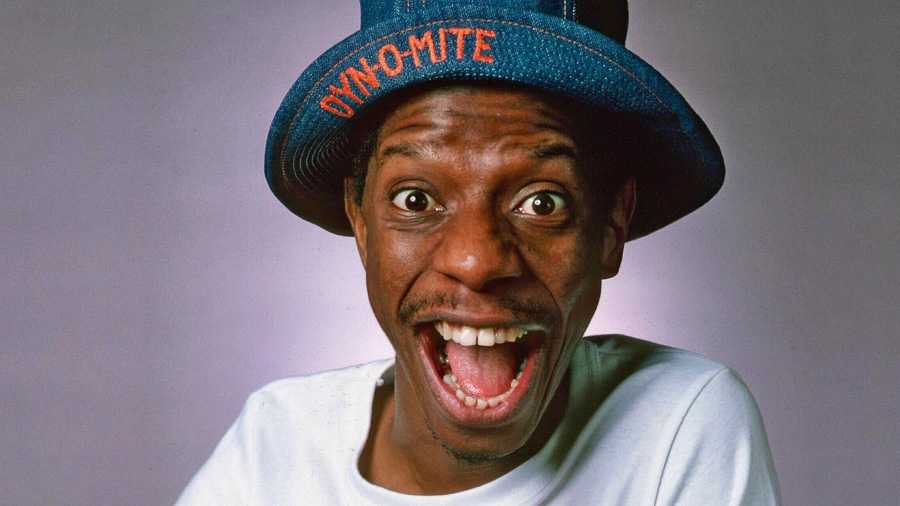
The second nod of course is the Dine-O-Mite title itself, which every tail-end Boomer kid in America knows was Jimmy "J.J." Walker's catchphrase on the hit CBS sitcom Good Times. I tried watching a Good Times episode this week and like every other TV comedy from the period it does not hold up—except I still get a hoot out of J.J. himself, because Walker, a strutting elastic-faced beanpole from the Bronx, knew he couldn't act, and we in the audience knew he couldn't act, and he knew that we knew, so Walker just smiled and vamped and turned it up to 10 and everybody a fantastic time. We drank it up and waited for J.J. to uncork another "Dyn-o-mite!" and Dave Markey changed the spelling for his film title but the good-time look-at-me vibe is similar.
Turns out Walker is a big Trump fan, but whoops I'm done with politics and we're out of space.
Thanks for reading, and see you next week!
Matt
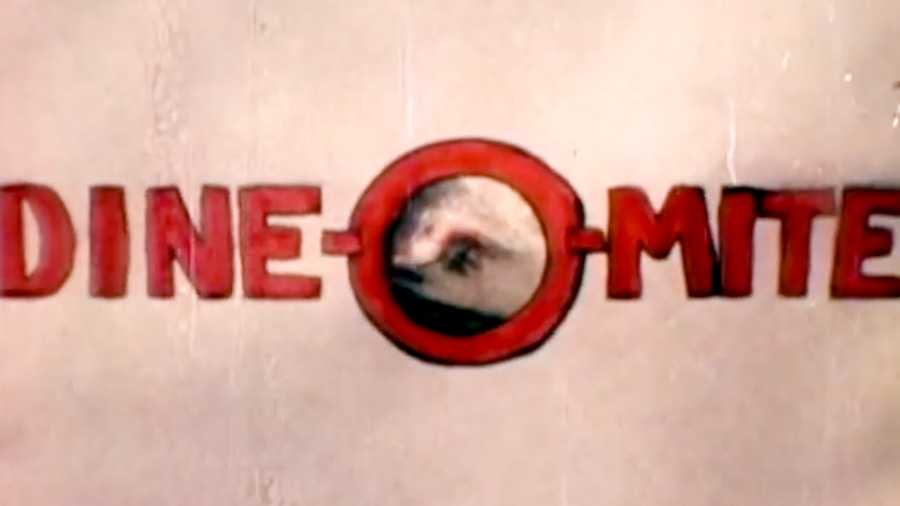
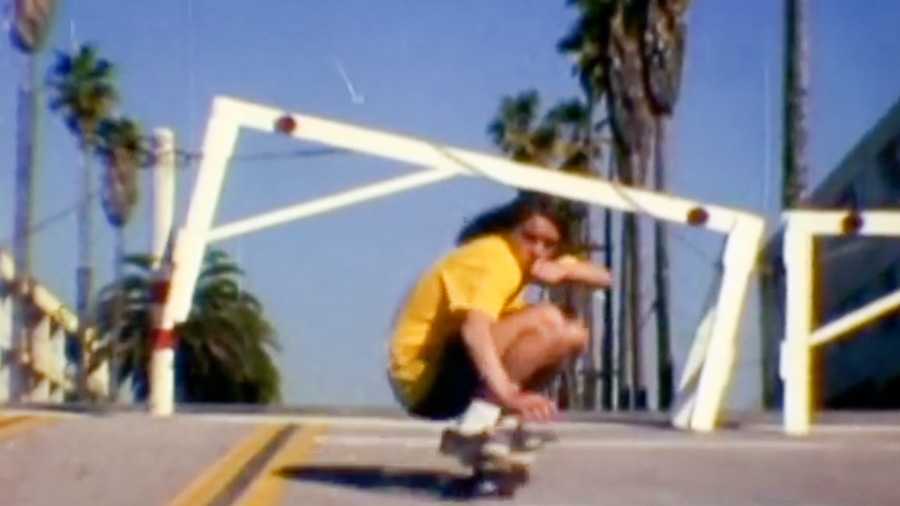
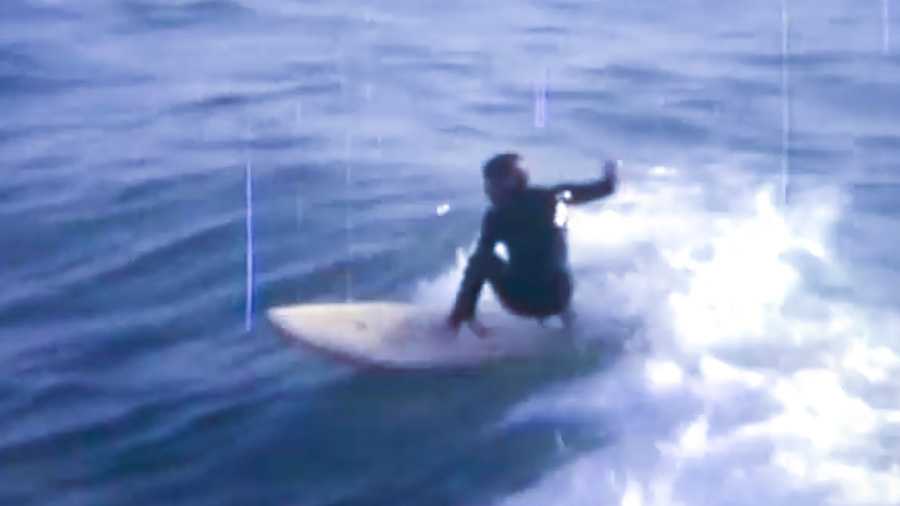


[Image grid, clockwise from top left: skateboarder from Dine-O-Mite; detail from Brownie camera ad; Mark Richards and new twin-fin, 1978, photo by Art Brewer; Good Times cast; surf scene from Summer City; "One pill makes you larger." Mark Richards, 1978 Stubbies, photo by Leonard Brady. Michael Peterson shaking hands with Rory Russell at the 1977 Stubbies. Gabe Medina and Kelly Slater at the 2017 Pipeline Masters. Scenes from Summer City. Jimmie Walker in Good Times. Scenes from Dine-O-Mite.]